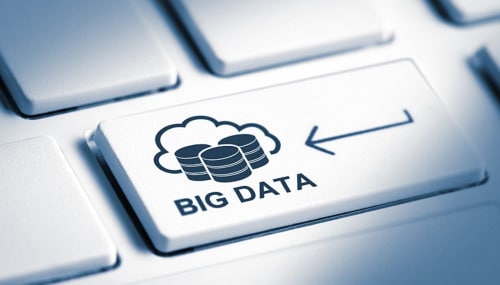Big Data: Now an Integral Part of Talent Recruiting
- by 7wData

Big data is a driving force behind business strategy today—and human resources is no exception. It’s given recruiters the tools they need to make better hires and is changing the way organizations measure performance, boost employee engagement, prioritize training, and analyze talent needs. HR today has access to a gold mine of data, an unprecedented amount of information: insights, intelligence, trends, future-casting.
There’s a reason the job of data scientist just ranked as the top career opportunity for 2016: There are currently more than 1,700 job openings for a job “…where demand outpaces supply,” said Scott Dobroski, Glassdoor’s career trends analyst.
Making data science one more crucial skill to add to the skills gap HR is dealing with today. But it’s worth the effort to stay on top of big data and data science – here’s why:
Recruiters have access to a lot of information about potential hires: Social media, online databases, employment records, online tests, and even contest results. This information can help them assess leadership qualities, critical thinking skills, and other hard and soft skills that can make the difference between a mediocre and remarkable employee.
For example, personality testing analyzes a candidate’s skills and personality in relation to an existing team—identifying strengths, weaknesses, and complementary skills that indicate how well he or she will fit into a particular role.
But this is only one example of why HR needs big data. In fact, a growing number of HR departments are turning to big data to improve decision-making and efficacy.
Regardless of the industry, both recruiting and training are vital. Many enterprises see human capital as the most influential factor for long-term economic value. Here are a couple of examples of how data has helped organizations make smarter hiring decisions:
Why a Lack of Big Data Skills Is an Issue
Beyond more strategic recruiting, understanding data and analytics can help organizations track how training impacts employee progress, improve how and where they communicate, and gain insight into factors that affect performance and retention.
Using data to pinpoint how employees are getting burned out, for example, can lead to better hires and internal support.
[Social9_Share class=”s9-widget-wrapper”]
Upcoming Events
Evolving Your Data Architecture for Trustworthy Generative AI
18 April 2024
5 PM CET – 6 PM CET
Read MoreShift Difficult Problems Left with Graph Analysis on Streaming Data
29 April 2024
12 PM ET – 1 PM ET
Read More




